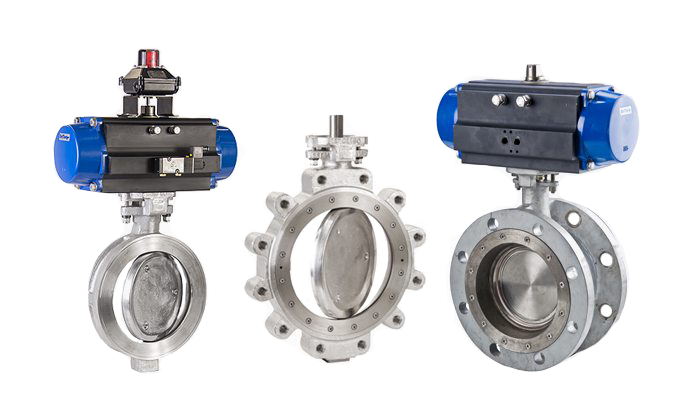In the demand of the oil and gas industry, extreme cold temperatures can pose significant challenges during extraction, processing, and transportation. Here, the critical importance of cryogenic valves becomes evident.
In this article, we will delve into the unique challenges of cryogenic conditions, particularly in liquefied natural gas (LNG) facilities, and explore how specialized cryogenic valves ensure safe and efficient operations. We will also highlight advancements in cryogenic valve technology and their pivotal role in maintaining the integrity of pipelines and equipment in frigid environments.
Why Are Cryogenic Valves Essential for Extreme Cold Environments?
Extreme cold conditions, as defined by temperatures plummeting below -150°C (-238°F), pose significant challenges in industries such as oil and gas. It is more evident than in liquefied natural gas (LNG) facilities operating amid these frigid environments.
Coping with extreme cold entails overcoming various hurdles, including the risk of material embrittlement, substantial thermal contraction, and the elevated viscosity of fluids. These challenges demand innovative and specialized solutions.
In this demanding context, cryogenic valves emerge as indispensable assets. They serve as the frontline defenders of safety and efficiency in the oil and gas industry. Cryogenic valves are engineered to withstand the most punishing cold conditions. They offer precise control over the flow of liquefied gasses, ensuring the reliability and safety of equipment and pipelines.
By preserving the integrity of these vital components, cryogenic valves help prevent accidents and optimize operations, making them an essential element in the quest for safety and efficiency amidst the extreme cold of cryogenic environments.
Specialized Cryogenic Valve Technology
In the realm of cryogenics, precision matters, and that's where specialized cryogenic valve technology excels. Let’s take a closer look at the specialized cryogenic valve technology:
Materials and Insulation
Cryogenic valves are constructed using materials that can withstand extreme cold without becoming brittle. Common materials include stainless steel and nickel-based alloys. Additionally, specialized insulation and thermal management systems prevent icing and ensure smooth valve operation.
Low Leakage
In cryogenic environments, even minor leaks can have catastrophic consequences. Cryogenic valves are engineered with tight seals to minimize the risk of leakage. It is achieved through advanced sealing technologies and precision machining to maintain sealing integrity at low temperatures.
Precision Control
Precise control over fluid flow is crucial in cryogenic applications. Cryogenic valves are designed to provide accurate and responsive control, allowing operators to precisely manage the flow of liquefied gasses. It ensures the efficient operation of LNG facilities and other cryogenic processes.
Advancements in Cryogenic Valve Technology
Here’s how advancement in Cryogenic Valve technology, enhanced efficiency and reliability in various industries:
Smart Valves
Advancements in technology have given rise to smart cryogenic valves that can be remotely monitored and controlled. These oil and gas valves integrate with automation systems, enabling real-time data analysis and predictive maintenance, ultimately enhancing safety and reducing downtime.
Cryogenic Valve Testing
Rigorous testing is conducted under extremely cold conditions to ensure the reliability of cryogenic valves. Advanced testing facilities allow manufacturers to simulate cryogenic environments, ensuring valves meet the stringent performance and safety standards required in the oil and gas industry.
Environmental Considerations:
With growing environmental concerns, cryogenic valves are also becoming more environmentally friendly. Efforts are underway to reduce emissions during valve operation, making them more sustainable without compromising safety or efficiency.
Conclusion
Cryogenic valves are vital in the oil and gas industry, where extreme cold temperatures are constantly challenging. These specialized oil and gas valves are essential for maintaining safety and efficiency in LNG facilities and other cryogenic applications. With technological advancements and a focus on sustainability, cryogenic valves continue to evolve, ensuring the integrity of pipelines and equipment in frigid environments. As industry leaders, companies like Advance Valves drive these innovations, making the oil and gas sector safer and more efficient in extreme cold conditions.





Comments